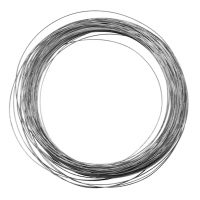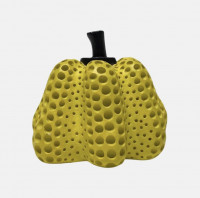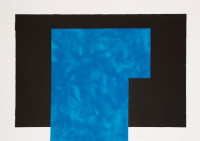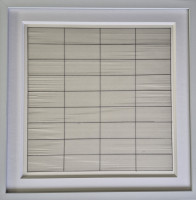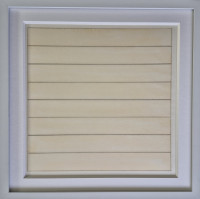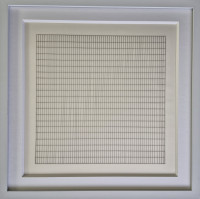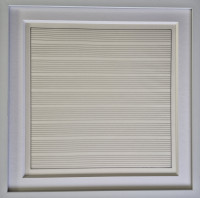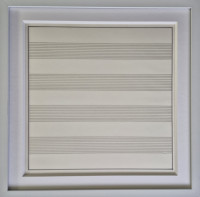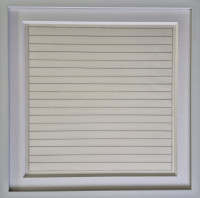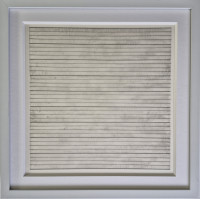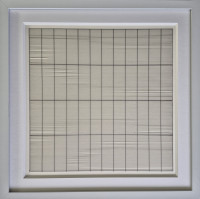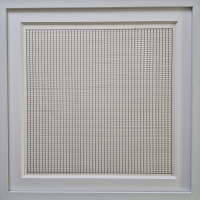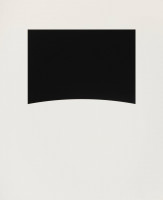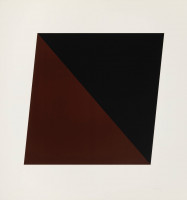
What is minimalism?
Minimalism is a style in music and visual arts characterized by pared-down designs and simplicity. It began in Western art after World War II, gaining prominence particularly in American visual arts. Minimalism draws heavily on aspects of modernism and is often viewed as a reaction against Abstract Expressionism, as well as a precursor to post-minimal art practices. Prominent minimalist artists include Agnes Martin, Donald Judd, Robert Morris, Frank Stella, and Dan Flavin.
Show All
- Show All
- Established
- Discoveries
A,B,C
ARTWORKS RELATED TO MINIMALISM
Agnes Martin
Untitled 10 (from Paintings and Drawings: 1974-1990), 1991
Limited Edition Print
Lithograph
EUR 2,000
Agnes Martin
Untitled 9 (from Paintings and Drawings: 1974-1990), 1991
Limited Edition Print
Lithograph
EUR 2,000
Agnes Martin
Untitled 8 (from Paintings and Drawings: 1974-1990), 1991
Limited Edition Print
Lithograph
EUR 2,000
Agnes Martin
Untitled 7 (from Paintings and Drawings: 1974-1990), 1991
Limited Edition Print
Lithograph
EUR 2,000
Agnes Martin
Untitled 6 (from Paintings and Drawings: 1974-1990), 1991
Limited Edition Print
Lithograph
EUR 2,000
Agnes Martin
Untitled 5 (from Paintings and Drawings: 1974-1990), 1991
Limited Edition Print
Lithograph
EUR 2,000
Agnes Martin
Untitled 4 (from Paintings and Drawings: 1974-1990), 1991
Limited Edition Print
Lithograph
EUR 2,000
Agnes Martin
Untitled 3 (from Paintings and Drawings: 1974-1990), 1991
Limited Edition Print
Lithograph
EUR 2,000
Agnes Martin
Untitled 2 (from Paintings and Drawings: 1974-1990), 1991
Limited Edition Print
Lithograph
EUR 2,000
Agnes Martin
Untitled 1 (from Paintings and Drawings: 1974-1990), 1991
Limited Edition Print
Lithograph
EUR 2,000
Ellsworth Kelly
Conques (from the Third Curve series), 1976
Limited Edition Print
Lithograph
USD 7,390

A C-type print, also known as a chromogenic print, is a photographic print made from a color negative or slide. The print is created on chromogenic paper, which contains three emulsion layers, each sensitized to a different primary color. After exposure, the paper is processed in a series of chemical baths, where each layer reacts to the chemicals to produce the final image. C-type prints are known for their rich color depth and are widely used in fine art and commercial photography.
